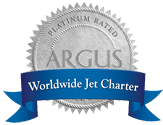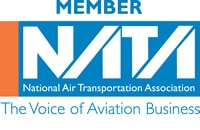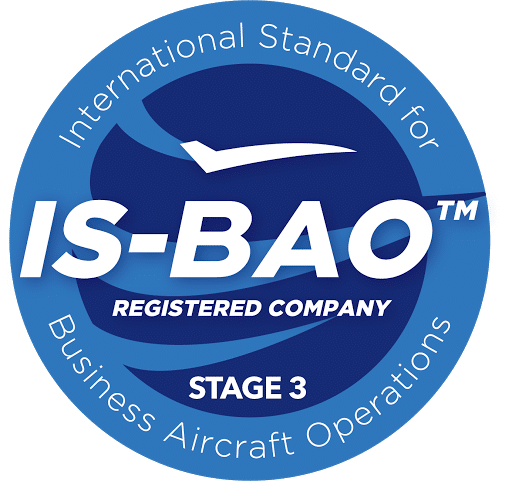1. Flexibility and Scheduling: Predictable vs. Personalized
The most notable lifestyle difference between commercial and private jet careers lies in the level of schedule control and flexibility. In commercial aviation, pilots and flight attendants typically work fixed schedules based on a seniority system. Monthly rosters are published in advance, and while bidding systems offer some choice, assignments are largely determined by union rules and operational requirements.
In contrast, private jet crew members experience highly variable and personalized schedules. Private jet pilots and cabin attendants may receive itinerary changes with little notice. Trips can be extended or shortened on a whim, depending on the client’s preferences. Some private operators run on an on-demand basis, requiring crews to remain on call for extended periods.
While commercial crews enjoy predictable rest days and regulated flight duty hours, private aviation professionals must adapt to a fluid schedule, especially those serving ultra-high-net-worth individuals who expect 24/7 availability.
This trade-off means:
- Commercial aviation offers work-life separation and predictability
- Private aviation offers more autonomy but less routine
2. Passenger Interaction: Anonymous vs. Personalized Service
Commercial flight crews typically have limited interaction with passengers. Cabin crew ensures safety and provides standardized service for hundreds of passengers. Pilots rarely engage directly with travelers, except through announcements or occasional greetings at the cockpit door.
On private jets, crew-patron relationships are deeply personalized. Flight attendants may be expected to learn and recall detailed preferences—from specific meal and wine choices to pet handling and in-flight entertainment preferences. Pilots often meet and greet passengers personally and maintain ongoing rapport, especially with frequent flyers.
In private aviation:
- Discretion, etiquette, and customer service excellence are non-negotiable
- Crew members may assist with ground transportation, luggage, and concierge arrangements
- Passengers often expect five-star, white-glove service in the air and on the ground
This level of client intimacy can be both rewarding and demanding, requiring exceptional soft skills and emotional intelligence.
3. Work Environment: Mass Transit vs. Luxury Transport
The aircraft environment greatly influences the daily experience of aviation professionals.
Commercial airline aircraft are designed for mass transit. Crews must manage tight galley spaces, coordinate cabin safety across multiple zones, and accommodate hundreds of passengers within limited turnaround times. The focus is on efficiency, compliance, and safety.
In contrast, private jets deliver a luxury-focused experience, not only for passengers but also for crew members. While aircraft are smaller, they are fitted with:
- State-of-the-art technology and luxurious interiors
- Custom kitchen equipment for gourmet catering
- Leather seating, fine tableware, and exclusive amenities
Flight attendants are trained in fine dining, wine service, flower arrangements, and even pet care. Pilots enjoy less congested airports, private terminals (FBOs), and often work with the same aircraft repeatedly, allowing for deeper technical familiarity.
However, private aviation professionals may also perform non-flight duties such as stocking, cleaning, and restocking the aircraft between flights—tasks often handled by ground staff in the commercial sector.
4. Career Progression and Earnings Potential
Commercial airline careers offer structured, seniority-based growth. Pilots progress from first officers to captains, and many retire with high six-figure salaries, benefits, and union protections. Flight attendants benefit from seniority perks like preferred routes, longer layovers, and predictable pension plans.
Private jet careers, while less structured, offer higher income potential and faster advancement, especially for those working with high-profile clients or for international operators. Many private pilots and flight attendants earn substantial day rates, annual salaries, per diem allowances, and bonuses—especially when flying ultra-long-range jets.
Examples:
- Commercial captain salary (major airline): $200,000–$300,000/year
- Private jet captain (Gulfstream or Global series): $180,000–$350,000/year + bonuses
- Cabin crew on commercial airline: $30,000–$80,000/year
- Private jet flight attendant: $60,000–$120,000/year + international per diem
While private aviation lacks the same union protections, it often offers customized compensation packages, discretionary benefits, and performance-based raises.
5. Travel Experience and Destinations
Commercial flight crews typically operate scheduled routes. Overnights are spent in pre-assigned hotels, and layovers may be brief and repetitive. While there are opportunities to explore destinations, routine and limited time often restrict in-depth travel experiences.
In the private sector, travel is far more exclusive and destination-rich. Crews may fly to remote islands, luxury resorts, private estates, or international business hubs, often accessing airstrips not serviced by commercial airlines. This opens the door to unique cultural exposure and high-end travel experiences, albeit on call.
Private jet crews sometimes stay at five-star resorts, dine with clients, or enjoy more luxurious accommodations. However, long wait times, last-minute departures, and being “on call” can lead to extended duty hours without guaranteed rest time.
Private aviation travel often includes:
- Flexible routing and spontaneous destinations
- Exclusive event transport (e.g., Cannes, Monaco Grand Prix, Davos)
- Greater exposure to elite clients and environments
Conclusion
A career in private aviation differs dramatically from commercial airline work in terms of lifestyle, compensation, responsibilities, and daily rhythm. While commercial airline professionals enjoy routine, union-backed security, private jet careers provide luxury, challenge, and unparalleled access to the world’s most exclusive skies.
Whether prioritizing work-life balance or luxury lifestyle access, understanding these core differences can help aviation professionals choose the path that best fits their goals.
Contact us
"*" indicates required fields
Our Vision
Worldwide Jet’s vision is to always be the first choice in the industry by continuously redefining private luxury travel.
Get in touch today to book your next luxury flight.






